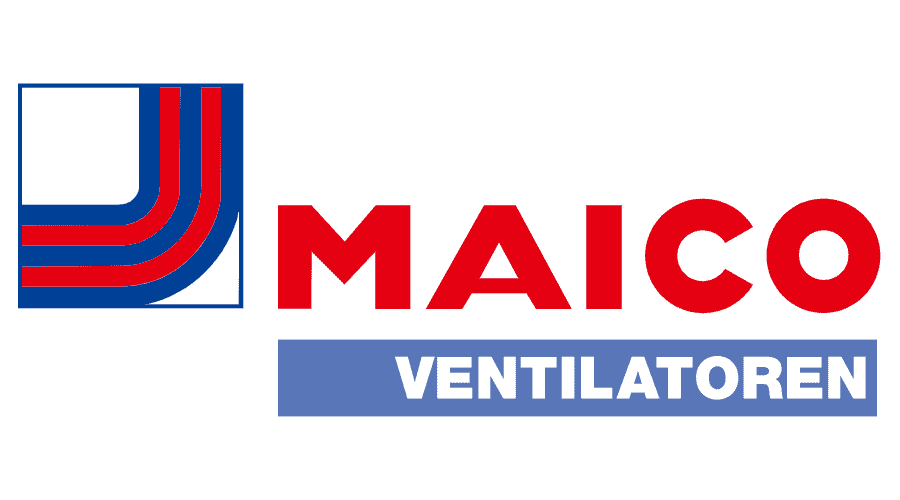Building an innovation culture and innovation management: challenges and approaches
Not the entire company needs to drive innovation. A small, focused team is usually enough. However, the organization must accept that colleagues may engage in activities that do not directly generate revenue. Innovation management helps create the conditions for innovation to happen. The innovation culture promotes open thinking, reduces resistance, and ensures that innovation potential can take root in fertile ground.
Typical challenges around innovation culture and innovation management
Mistakes are covered up, and risks are avoided
Years of efficiency and quality initiatives have led many companies to rigorously avoid mistakes and deviations from the norm. These are seen solely as risks, threats, and inefficiencies. Mistakes that occur are covered up. Anything that is not guaranteed to work is not attempted. This mindset hinders innovation, as new approaches and ideas are always associated with uncertainties. A shift from an efficiency and quality culture to an innovation culture is necessary.
Business evolves only when specific customer demands arise
The customer’s wish is law. Initially, this seems like a commendable approach. However, what customers proactively wish for is often already known by competitors. This is not enough to differentiate, gain a competitive edge, or drive innovation. Merely reacting rather than acting misses opportunities for advancement and renewal that go beyond minimal, obvious product optimization. The role of innovation management is to push the company’s future business beyond the obvious.
Renewals are poorly scalable one-off solutions
Directly responding to customer demands creates one-off solutions. New developments are not repeatable or scalable. Unique solutions to specific problems tie up resources and prevent the development of true innovations with growth potential. The first step towards a successful innovation culture is understanding, both in sales and technology, that simply giving the customer exactly what they want is not enough. Successful implementation requires skillful innovation management.
Continually emerging ideas go unrecognized and opportunities are missed
Not every idea is a good idea. However, the habit of not dismissing ideas prematurely but evaluating them for true potential helps separate the wheat from the chaff. It is far more common to immediately find reasons why an idea will never succeed. The laws of physics, customers’ willingness to pay, production capacity, and the higher costs of novel approaches are quickly cited. Too quickly. These reasons are often not well-founded but rather convenient excuses to avoid leaving the comfort zone of the well-known product and technology portfolio.
Successful approaches to building innovation culture and innovation management
Establish innovation and development as the foundation for tomorrow’s business
Innovation initiatives are, on one hand, a major effort for companies. On the other hand, innovation is an ongoing process whose importance for the survival and competitiveness of the organization should be understood. Understood by top management, but also by the entire workforce. A sign of an innovation-friendly corporate culture is that, while not everyone may be directly involved in innovation, everyone pitches in, supports, and does not obstruct the pursuit of crazy ideas, answering unfamiliar questions, or testing things that seemingly have no chance of success.
Conduct pilot projects and create practical examples of successful processes
New approaches are more easily developed through practical examples than on a blank sheet of paper. Building a functioning innovation management system is therefore best achieved through pilot projects. This offers the opportunity to test new ideas and processes for innovation development in a small, protected environment. The experiences gathered then form the basis for regular, repeatable processes and the initial cornerstones of future innovation management. This builds trust in new approaches instead of engaging in theoretical discussions. The company learns that innovation is achievable — in any company and in any industry.
Innovation process and transparent rules for ideas and innovation initiatives
Once a culture of progress and innovation begins to develop, the motivation for new things grows. This motivation must be channeled to lead good ideas to success, identify unsuccessful ideas early on, and avoid spending more resources on innovation than are available. A systematically developed innovation process outlines how emerging ideas are collected and managed, how innovations are brought to success, and how ideas are generated where they are not already obvious.
Establish strategic guidelines and boundaries for innovation initiatives
The best ideas do not emerge from complete freedom and a blank sheet of paper. Appropriate boundaries and rules first create the space to develop ideas and recognize potential. The innovation strategy is another building block in innovation management that promotes repeatable innovation success and a growing innovation culture. It aligns with corporate goals, provides resources, and focuses on what will truly drive the company forward in terms of innovation.











